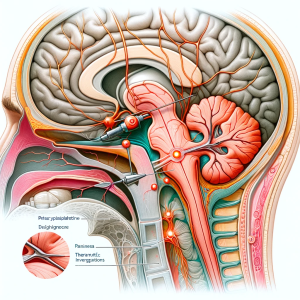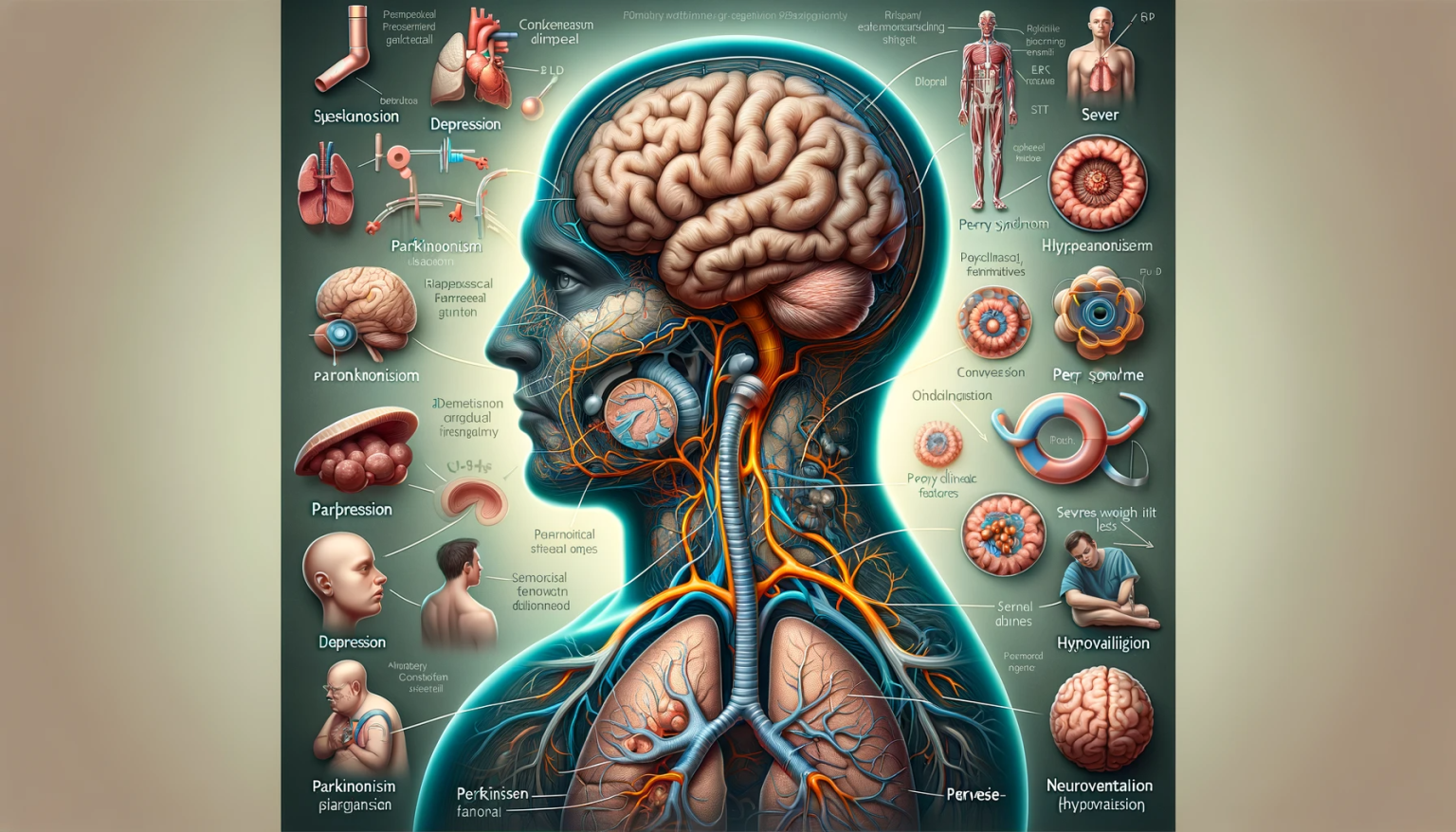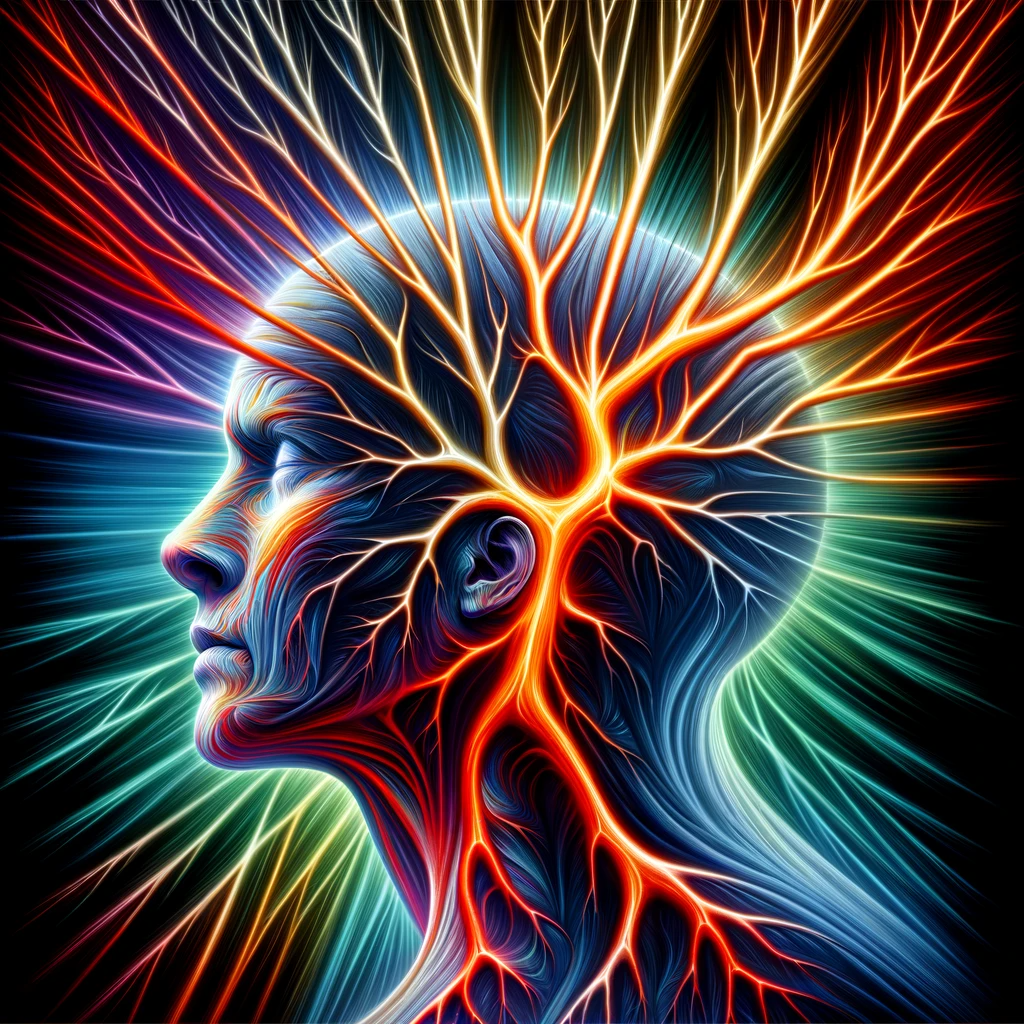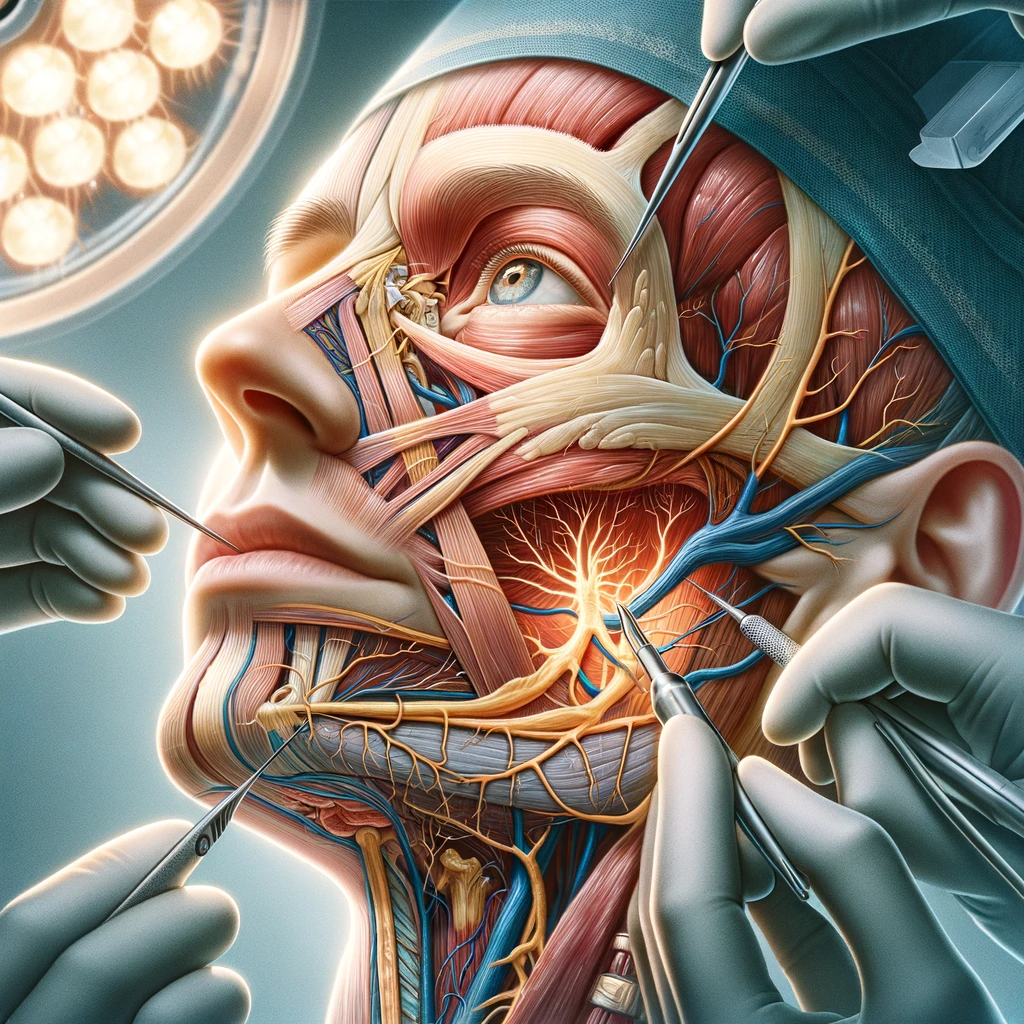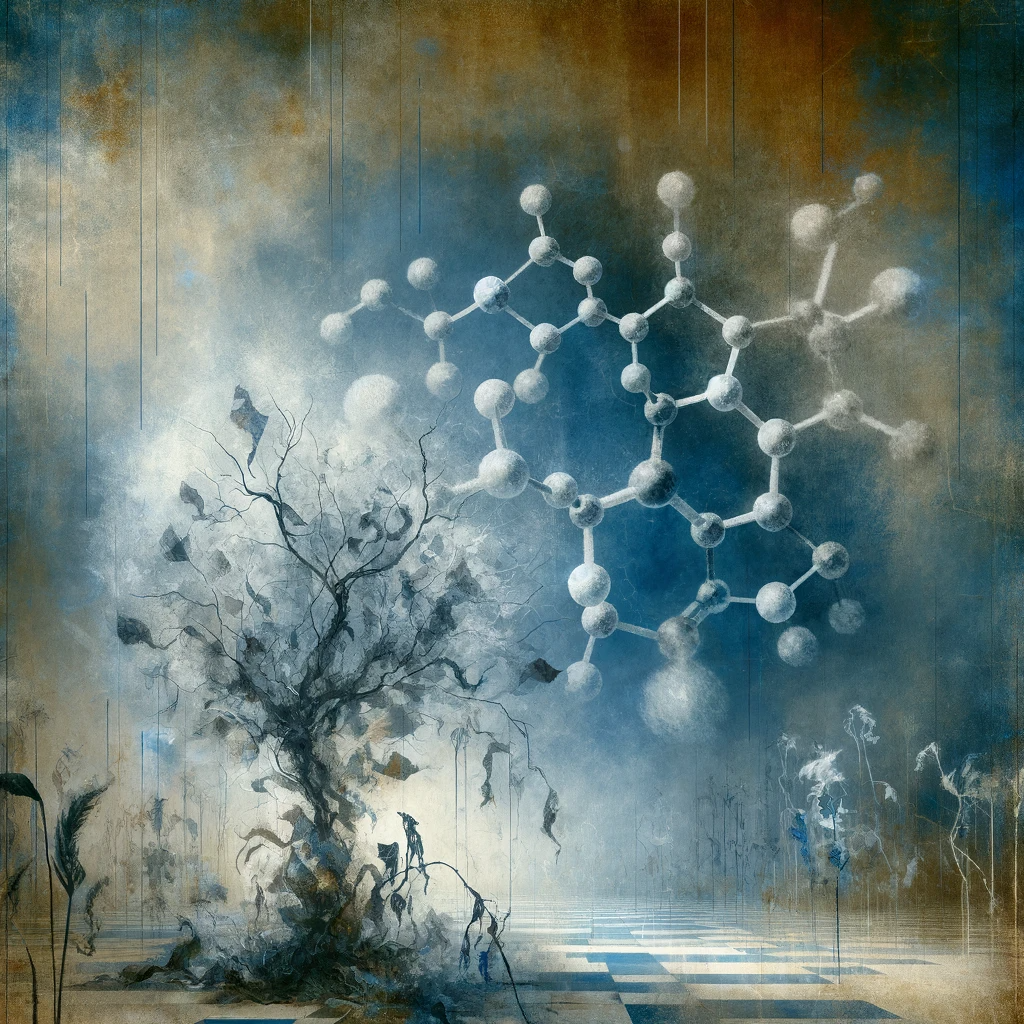Prologue: Unraveling the Sphenopalatine Mystique
The Sphenopalatine Ganglion: A Cerebral Crossroad Nestled in the pterygopalatine fossa, the sphenopalatine ganglion (SPG) stands as a pivotal autonomic hub, orchestrating a multitude of facial and cranial functions.
Pathologies of the Pterygopalatine: When the Ganglion Suffers
Sluder’s Neuralgia: The Agony of the Ganglion Also known as sphenopalatine ganglion neuralgia, this condition manifests with severe, unilateral facial pain, often misdiagnosed as atypical facial pain or trigeminal neuralgia.
Cluster Headaches: The Autonomic Storm SPG plays a role in the pathophysiology of cluster headaches, characterized by excruciating pain around the orbit and temple, accompanied by autonomic symptoms.
Therapeutic Crossroads: Navigating Treatment Modalities
Blockade and Modulation: The Interventional Approach SPG blockade, achieved through topical anesthetic application or more invasive techniques, provides respite from neuralgia and cluster headaches.
Neuromodulation: The Electrical Alleviation SPG neuromodulation, a novel intervention involving electrical stimulation, shows promise in refractory cases of cluster headaches and sphenopalatine ganglion neuralgia.
Clinical Conundrums: The Diagnostic Dilemma
Symptomatic Overlap: The Clinical Conflation The symptomatic overlap of SPG-related pathologies with other craniofacial pain syndromes necessitates a thorough diagnostic process, often involving imaging and trial blocks.
Conclusion: The Future of Sphenopalatine Exploration
Advances in Imaging: Illuminating the Ganglionic Realm Emerging imaging techniques aim to better delineate SPG anatomy and pathology, potentially unveiling novel therapeutic targets.

